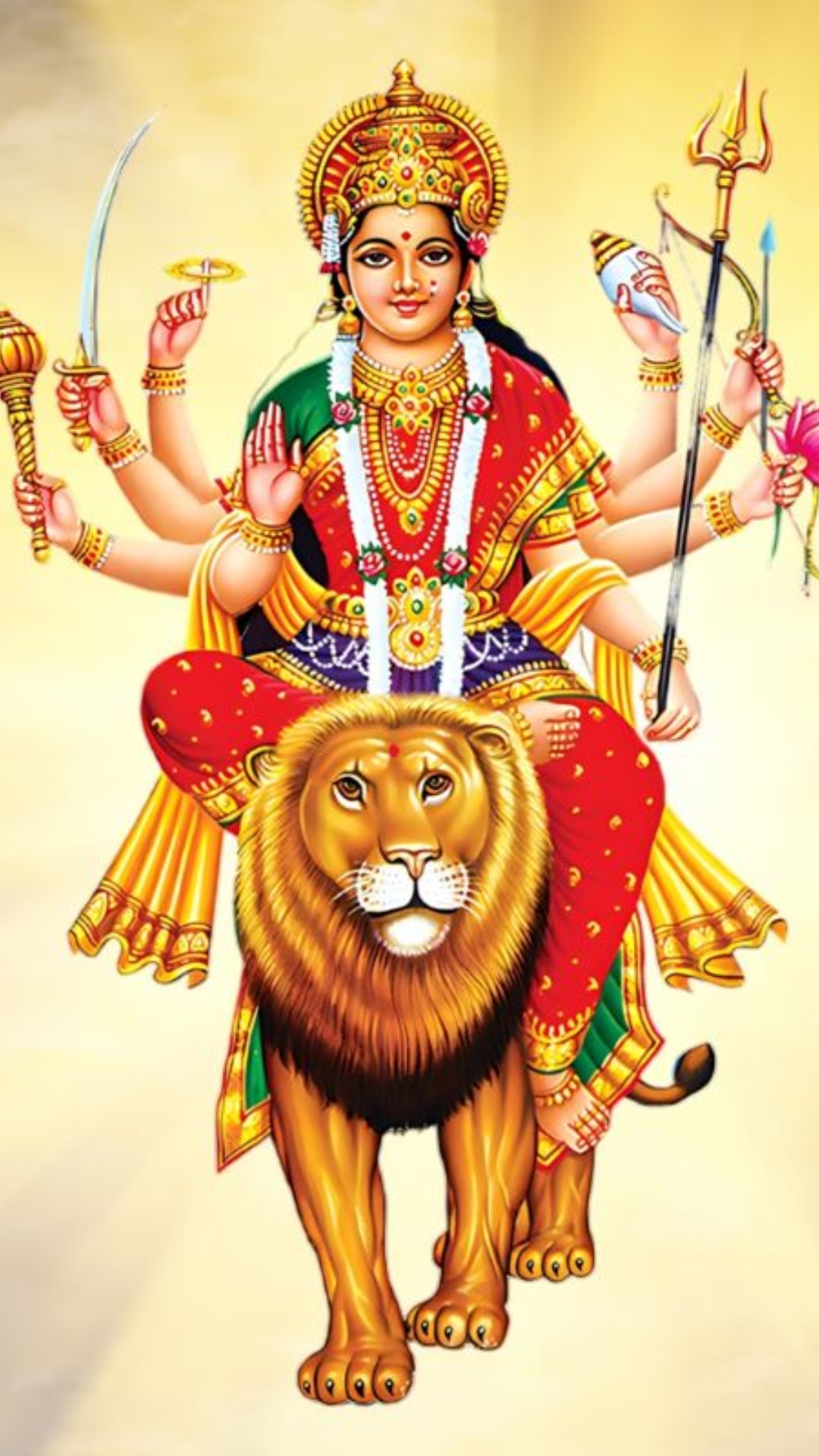
Navratri 2024: A look at 9 avatars of Goddess Durga
Image Source : SocialThe "daughter of the mountains", Shailaputri, is worshipped on the first day of Navratri.
Image Source : SocialThe second day of Navratri is dedicated to Goddess Brahmacharini, who represents the unmarried form of Goddess Parvati.
Image Source : SocialOn the third day of Navratri, devotees worship Chandraghanta, who represents the married form of Goddess Parvati.
Image Source : SocialThe fourth day of Navratri is dedicated to Goddess Kushmanda, the creator of the universe.
Image Source : SocialSkandamata is the fifth form of Goddess Durga, derived from two Sanskrit words: Skanda (the God of war) and Mata (meaning mother of Murugan).
Image Source : SocialThe sixth form of Goddess Durga is Katyayani, known for her fierce and powerful nature.
Image Source : socialThe seventh form of Navratri is dedicated to Goddess Kaalratri, who is regarded as one of the destructive forms of Goddess Durga.
Image Source : SocialMahagauri is the eighth form of Goddess Durga, worshipped on Ashtami Tithi.
Image Source : SocialThe ninth form of Goddess Durga is Maa Siddhidatri, known as the giver of supernatural and meditative powers.
Image Source : SocialNext : Gandhi Jayanti 2024: 5 interesting and unknown facts about Mahatma Gandhi